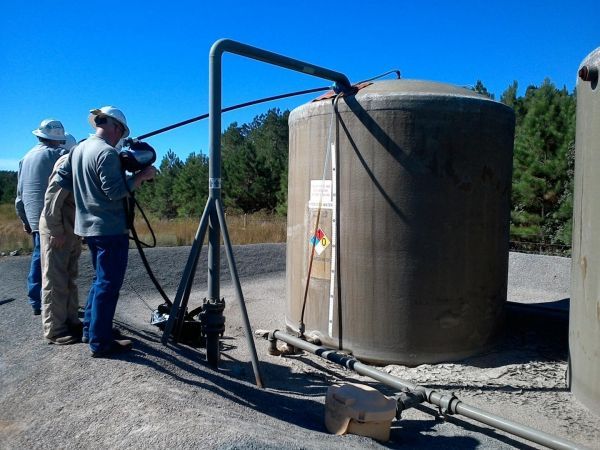A new study offers answers to questions that have puzzled policymakers, researchers and regulatory agencies through decades of inquiry and evolving science: How much total methane, a greenhouse gas, is being emitted from natural gas operations across the U.S.? And why have different estimation methods, applied in various U.S. oil and gas basins, seemed to disagree?
The Colorado State University-led study, published Oct. 29 in Proceedings of the National Academy of Sciences, resulted from a large, multi-institutional field campaign called the Basin Methane Reconciliation Study. The researchers found that episodic releases of methane that occur mostly during daytime-only maintenance operations, at a few facilities on any given day, may explain why total emissions accountings have not agreed in past analyses.
With invaluable assistance from industry partners, the researchers have significantly advanced basin-level emission quantification methods and shed new light on important emissions processes.
“Our study is the first of its kind, in its scope and approach,” said Dan Zimmerle, senior author of the PNAS study, and a senior research associate at the CSU Energy Institute. “It utilized concurrent ground and aircraft measurements and on-site operations data, and as a result reduces uncertainties of previous studies.”
Read more at Colorado State University
Image: Operators measure methane emissions from a produced water tank at a gathering compressor station. (Credit: Colorado State University)


